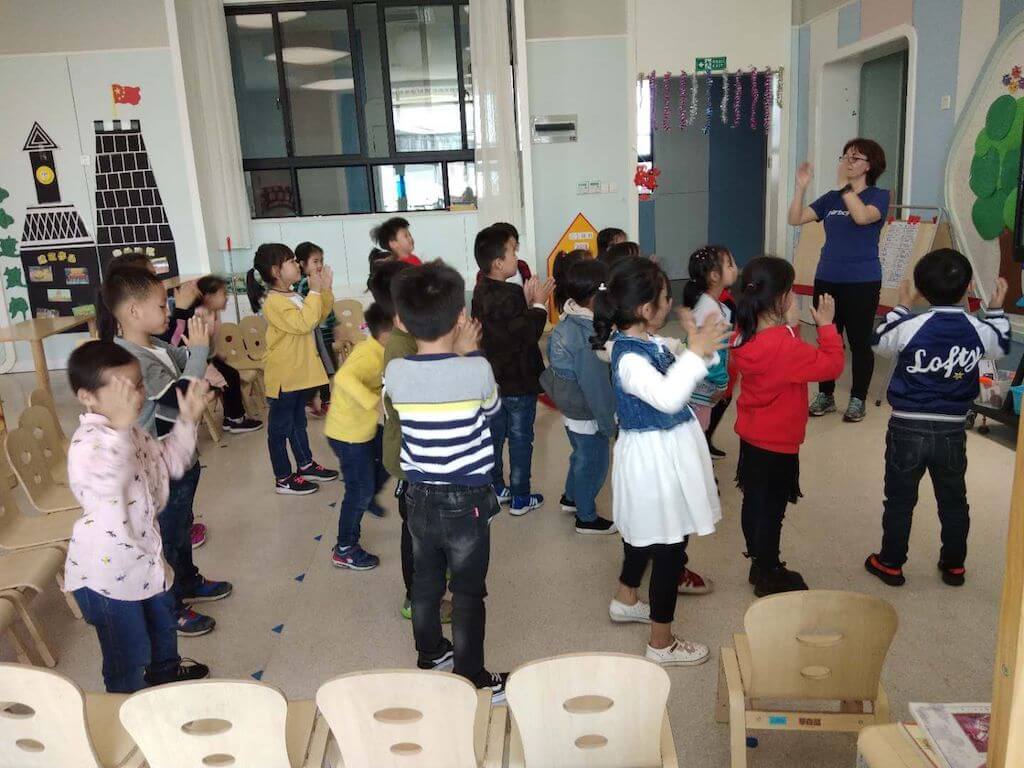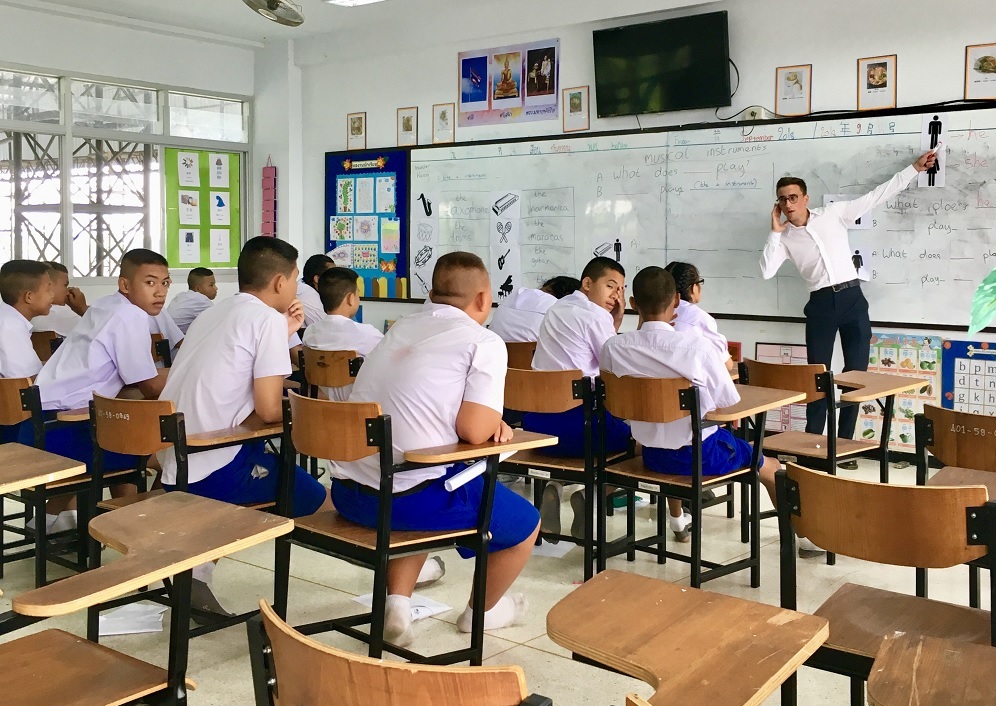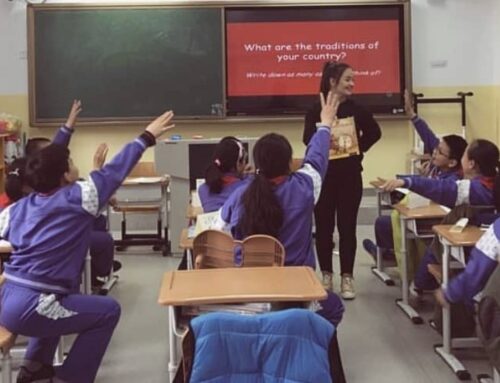Following a structure when planning lessons for your ESL students will make life a whole lot easier. But where should you start and what structure works best?
In this article you will discover a tried and tested plan that our teachers have used over many years in classrooms across the world. Tweak and adapt it as you please to create fantastic lessons of you own.
Without further ado, let’s get into it.
Warm Up (around an eight of the lesson)
It’s never a good idea to jump straight into challenging lesson content regardless of your students age and ability. Instead, you should ease them in with a warm up activity. This usually comes in the form of a game or song, the latter being more appropriate for younger students.
The warm up is usually doing one of two things, recapping previously learned content or gently introducing something new. Say for example you have been focussing on animals recently, the warm up could be a game using vocabulary related to that content.
Something important to consider when planning a warm up is that it shouldn’t take too long or get your students too excited, it needs to be fun whilst keeping them in a relatively calm state so they are ready to learn.
Introduction (around a quarter of the lesson)
Once your students are warmed up it is time to move onto the introduction. In this section of the lesson the teacher will introduce the main content of the class. This should be done so with energy and enthusiasm so that students remain focussed and are motivated to learn.
The teacher will lead this part of the lesson as students usually remain in their seats. Repetition can work well, especially for younger learners, but the teacher must offer the content in an engaging way. This can be done by using actions as well as varying tone, volume and speed.
But repetition is not the only way to teach an introduction, you can be creative and try anything, if it doesn’t work just don’t do it again. As long as students are engaged and learning the new content then the target of the introduction has been met.
Context (between a quarter and an eighth of the lesson)
The context part of the lesson is when students learn how the class content is used within real life scenarios. This could be letters within words, words within sentences or even sentences within paragraphs. It is similar to the introduction as the teacher normally leads, but there can be more student involvement.
Things usually get more difficult and confusing for students during the context section so it’s important that the teacher does not move too fast and keeps things simple. Repetition can work but it’s often better to get students involved individually by asking them questions. Visual aids or props can also come in very useful.
But before moving onto the next part of the lesson, it is important that the content in the introduction and context sections have been fully understood by students. This is because they will then be using what they have learned next, so don’t over complicate it.
Practice (around a quarter of the lesson)
The lesson takes a new turn during the practice section. This is when the students must use what they have learned in the introduction and context to complete an activity set by the teacher who floats around the classroom and helps students individually or in groups.
Activities such as making posters, practicing conversations or writing a letter all work well here. The possibilities are endless but should always be fun and focussed, teachers can be creative with ideas as long as students are practicing the content they have been learning.
Some students may not be inclined to participate due to a lack of understanding or confidence, it is therefore important that the teacher can offer sufficient motivation and direction. Activities must be engaging but not too exciting so that students get worked up.
Assessment (between a quarter and an eighth of the lesson)
A good teacher gauges the level of their students understanding throughout the whole lesson, but the assessment section is an opportunity to really focus on it. This will help in planning future lessons and identifying areas that need to be revisited or revised in order to reach the learning objectives.
But the assessment is not a test and students shouldn’t know or worry that they being assessed. Instead, the assessment can should be a fun and engaging part of the lesson that students look forward to. This can be achieved through games, songs or other activities.
From crosswords to games such as ‘Board Race’ or ‘Hot Seat’, anything that students enjoy whilst their knowledge is tested will work here. But as assessment is the key goal, there must still be an element of control and guidance from the teacher, and the class should not get overexcited.
Cool Down (around an eighth of the lesson)
As the lesson comes to an end it is time for the cool down. This is the part of the lesson that students should look forward to the most and can be a reward for good behaviour. Ironically, the cool down doesn’t actually have to chill students out and can be an exciting game, activity or song.
The cool down doesn’t have to contain content that was learnt on that day, it can focus on previously leaned content or anything at all providing it tests students English ability to a certain extent. Of course, it is ok to revisit content from that day but can be nice for students to have a break from it.
It’s best if the whole class can get involved and a competitive edge can be incorporated with the use of teams and a points system, that can also be used throughout the class but works especially well in the cool down. End the lesson on a high with fun so that students are excited for the next one.
Follow this structure when planning your lessons and you will have the foundations for success. Be creative and add your own twists, have fun and focus on the key principles at each point in your classes to create a rounded and complete class.
If you are interested in teaching abroad – check out our programs in China, Thailand, Vietnam, Hungary and Poland.
Or shoot over any questions here!




